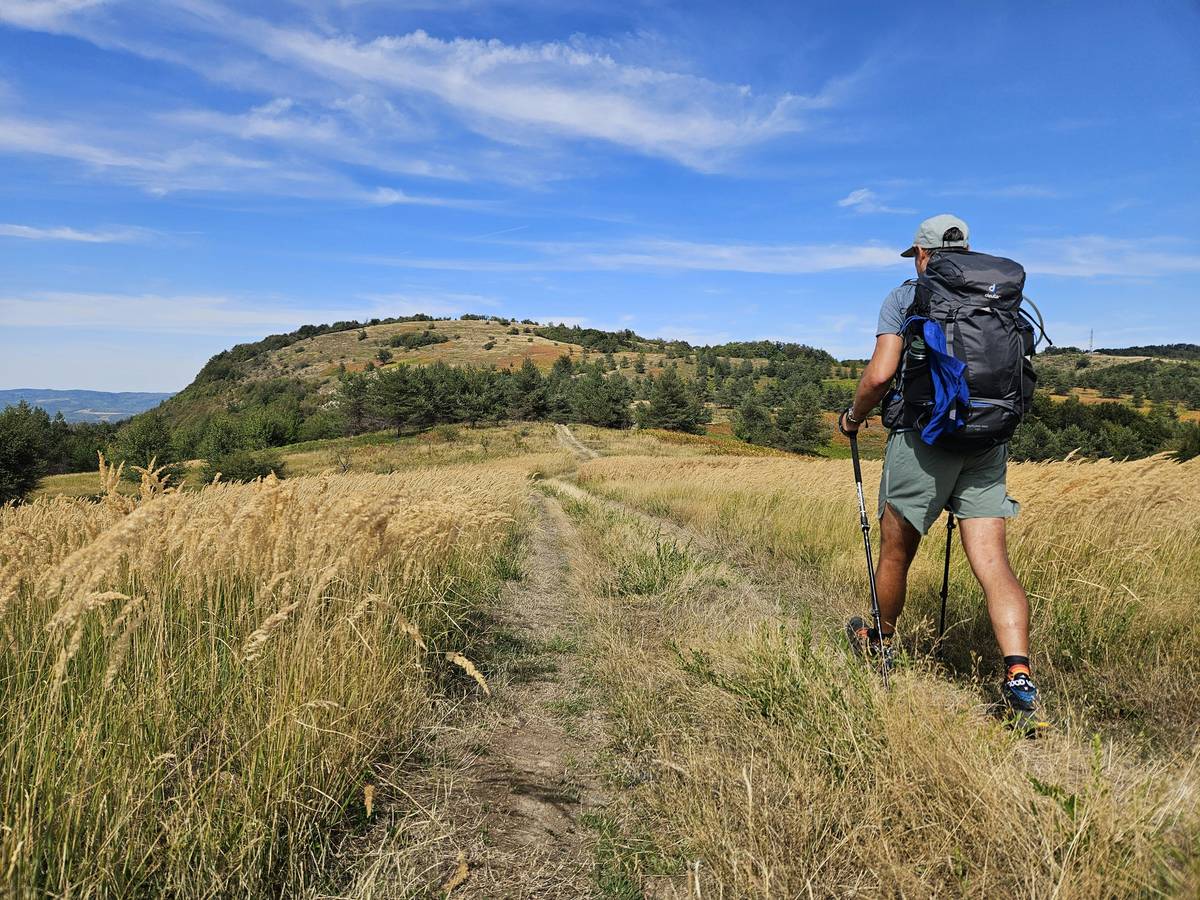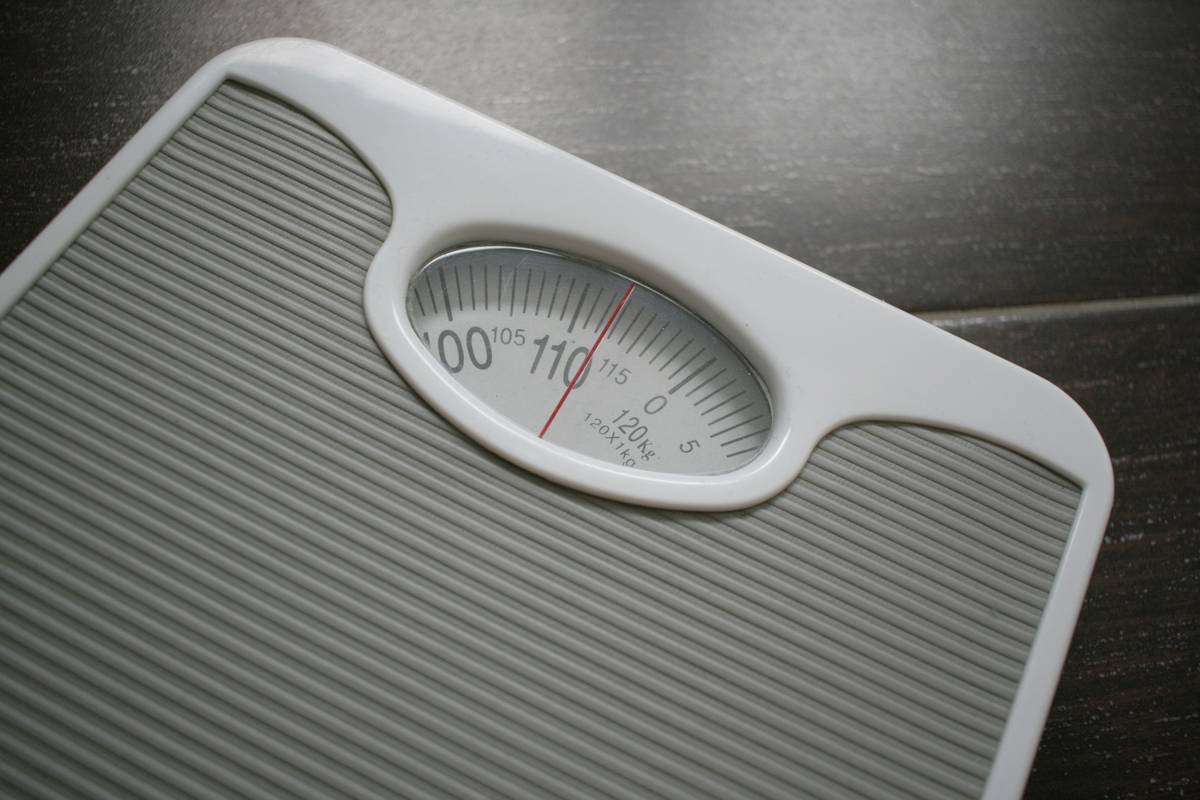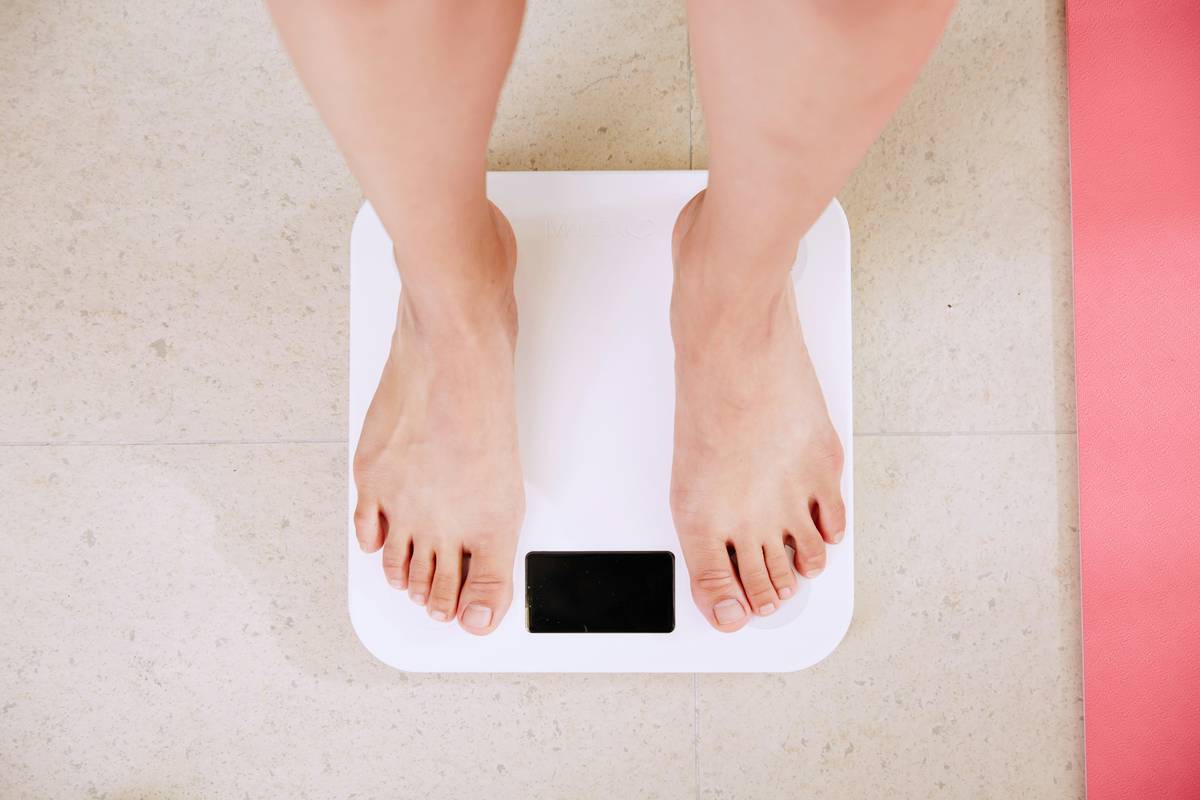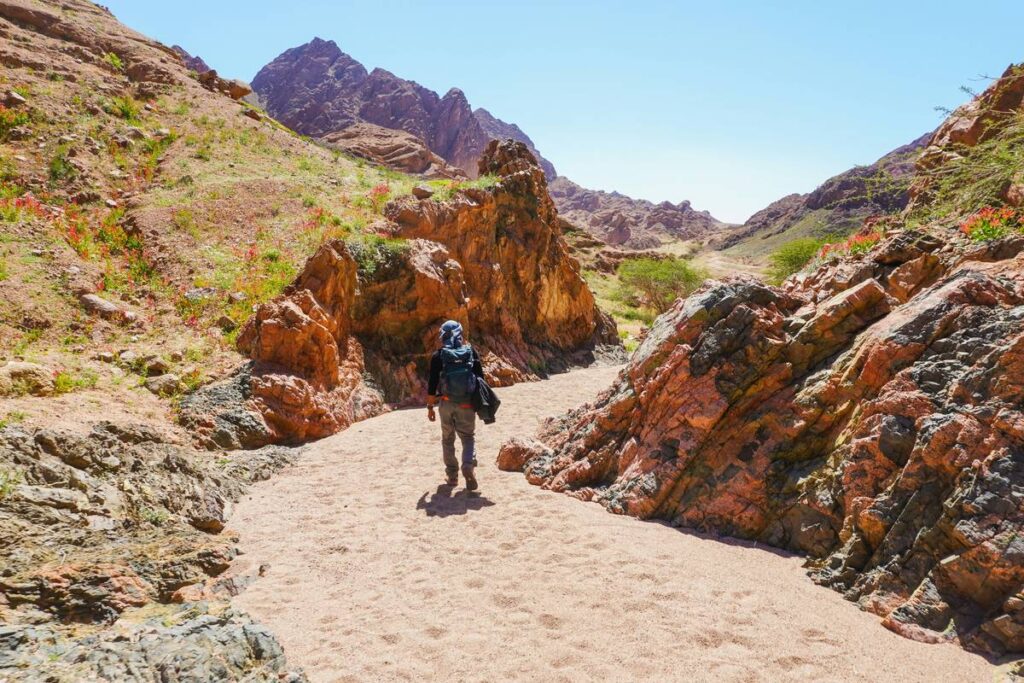Ever laced up your boots, hit the trail, and wondered if all those miles were actually moving the needle on your weight loss goals? Yeah, us too.
If you’re here, chances are you’ve considered hiking as more than just a weekend escape—maybe even as a legit tool for shedding pounds. But how do you track progress when every step feels like it’s swallowed by Mother Nature herself?
In this blog post, we’ll explore why “Trail Trek Success Metrics” matter, what they mean for your weight loss journey, and how to measure them (without going full spreadsheet chaos). You’ll learn about setting realistic goals, tools to monitor performance, and actionable tips to stay consistent.
Table of Contents
- Key Takeaways
- Why Hiking Is a Game-Changer for Weight Loss
- What Are Trail Trek Success Metrics?
- 5 Steps to Measure Your Hiking Progress
- Best Practices for Maximizing Results
- Real-Life Stories: From Couch Potato to Summit Slayer
- Frequently Asked Questions
Key Takeaways
- Hiking burns calories effectively while building endurance and strength.
- “Trail Trek Success Metrics” include distance, elevation gain, time spent, heart rate zones, and calorie burn.
- Using apps and wearable tech can help quantify your efforts.
- Consistency beats perfection—focus on small wins over time.
- Avoid obsessing over numbers; prioritize fun and sustainability.
Why Hiking Is a Game-Changer for Weight Loss
Let’s face it: The treadmill is boring. And don’t get me started on those late-night workout videos promising abs in 30 days—I tried one once and almost knocked over my cat during burpees. Enter hiking!
Hiking combines cardio with functional movement, engaging muscles you didn’t know existed. Plus, fresh air works wonders for mental health—and stress management plays a huge role in achieving sustainable weight loss.
Pain Point Confession: I used to think “more miles = better results” until I realized I was sacrificing form for speed. Spoiler alert: My knees hated me. We’ll unpack smarter strategies later.

What Are Trail Trek Success Metrics?
Optimist You: “Numbers don’t define success!”
Grumpy You: “But… data helps. Just saying.”
Here’s the deal: When it comes to tracking your hiking-based weight loss journey, focusing on vague notions like “feeling good” won’t cut it. That’s where Trail Trek Success Metrics come into play:
- Distance Traveled: How far did you go?
- Elevation Gained: Were there hills involved? Climbing adds intensity.
- Time Spent Moving: Not stopped-for-a-picnic time.
- Heart Rate Zones: Did you break a sweat or just stroll leisurely?
- Calorie Burn: Apps estimate based on body stats and activity levels.
These metrics create a picture of effort versus outcome. They also keep things measurable without being overwhelming.
5 Steps to Measure Your Hiking Progress
Hitting the trails without a plan is like trying to bake cookies without a recipe—it might work, but probably not. Here’s how to get strategic:
Step 1: Set SMART Goals
Specific, Measurable, Achievable, Relevant, Time-bound goals are key. Instead of “I want to lose weight,” aim for “I’ll hike three times a week at an incline-heavy trail.”
Step 2: Invest in Tracking Tools
From budget-friendly phone apps like AllTrails to fancy wearables like Garmin watches, there’s no shortage of options. Use these to log your routes, monitor elevation changes, and analyze heart rate trends.
Step 3: Create a Baseline Workout
Start with a moderate route to establish your starting point. Note your initial metrics so you have something tangible to compare against later.
Step 4: Track Consistency Over Perfection
Rant Alert: Stop comparing yourself to influencers posting sunset summit selfies with #FitGoals. Progress looks different for everyone. Aim to improve weekly, whether that means adding five minutes or conquering steeper terrain.
Step 5: Regularly Review Data Trends
Analyze monthly patterns. Did increasing elevation lead to faster fat loss? Did slowing down improve recovery? These insights shape future plans.

Best Practices for Maximizing Results
- Pack Protein Snacks: Fuel up mid-hike to prevent energy crashes.
- Mix Up Terrain: Alternate between flat paths and steep climbs to challenge different muscle groups.
- Hydrate Like It’s Your Job: Dehydration slows metabolism. Bring enough water!
- Terrain-Specific Footwear: Invest in quality shoes designed for rugged trails. Trust me, blisters ruin everything.
- Listen to Your Body: Rest days aren’t lazy—they’re essential. *Terrible Tip Disclaimer:* Pushing through pain isn’t heroic; it’s reckless.
Real-Life Stories: From Couch Potato to Summit Slayer
Meet Sarah, who went from struggling to walk around her neighborhood block to completing a 10-mile mountain trek within six months. She credits tracking her Trail Trek Success Metrics diligently using smartphone apps and journaling her emotional highs/lows after each hike.
Her transformation wasn’t overnight, but steady improvements kept her motivated. By month three, she’d increased her average weekly elevation gain from 500 feet to 2,000 feet—an impressive feat considering she started barely climbing stairs.

Frequently Asked Questions
What gear should beginners bring on hikes?
A sturdy backpack, water bottle, snacks, sunscreen, and appropriate clothing layers. Optional: trekking poles if balance is tricky.
How often should I hike to see results?
Aim for three times per week minimum. Frequency matters more than duration initially.
Can I use my phone instead of expensive equipment?
Absolutely! Many free apps offer robust tracking features suitable for beginners.
Is hiking alone safe?
Research safety guidelines, let someone know your route, carry essentials, and stick to marked trails.
Do I need to count calories burned while hiking?
Nope. Focus on overall consistency rather than obsessing over daily caloric output.
Conclusion
Hiking for weight loss isn’t just about burning calories—it’s about embracing nature, challenging yourself physically, and finding joy in movement. With Trail Trek Success Metrics guiding your journey, you can confidently track progress and celebrate small victories along the way.
Remember, slow and steady wins the race. So lace up those boots, hit the trail, and watch the magic unfold—one step at a time.
Chef’s kiss for keeping it real out there.
Haiku Bonus:
Mountains whisper truths,
Each step carves new stories deep—
Summit awaits you.


